Skin Selection, Dyeing, and Finishing

The crust skins are, once again, re-graded, measured and sorted according to their new specifics. The skins can be stored in the crust state indefinitely until a designer chooses a color and a finish and a manufacturer places an order.
When a client places an order, we again re-select their skins according to his or her specifications, ensuring the skins are tailored to meet the needs of the final product.

Skins are batched together for the coloring and finishing operations and are placed in smaller stainless steel drums with water, dyes, and oils to achieve the exact desired hue of the leather. The dyeing process takes approximately 1 full day.

Once the skins are dyed, they must be shaved a final time to ensure the proper thickness specifications are met. While the skins are still damp, they are stretched and dried on large toggling boards. Shaving, toggling, and drying takes approximately 1-2 days.
When the dried colored skins are removed, they are readied for the special chemicals which impart and enhance the final finish. The type of chemical used determines whether the skin will have a brilliant, glossy shine or a satin, soft glow. The skins are then glazed by a highly skilled technician operating a machine using an agate stone. Glazing a skin takes between 30 minutes and 1 hour, depending on the size of the skin.
Once the skins are glazed, they are placed in a temperature and humidity controlled room, where the final "bombee" or plumping of the scales is achieved. Only a fraction of the world's reptile tanners are able to achieve a true glazed finish. We are proud to be a member of this minority community.

Finally, the skins are moved to the finished stock room, where they are checked, graded for the 5th and final time, measured, packed, and shipped to their final destination. We also store some skins as stock to sell to clients who buy skins on an as-needed basis.

We currently have over 400 colors and several different finishes, and the ability to produce endless combinations of them. Custom colors are no problem for us, and we are happy to develop exclusive finishes for our clients. Please contact us if you are interested in a special project.
|



